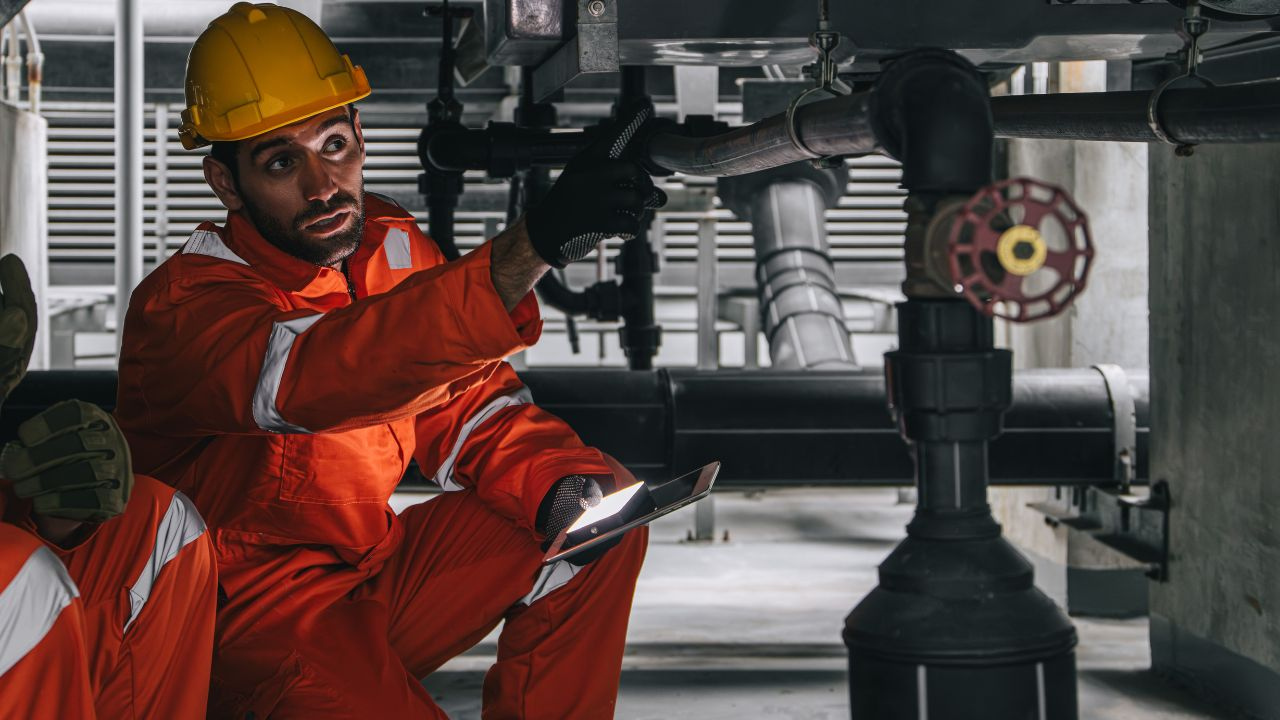Bathroom water leakage is a persistent problem that can cause serious damage to residential, commercial, and industrial properties. While visible leaks from cracked tiles or worn grout are easy to detect, hidden plumbing leaks behind walls or under floors are often overlooked. These concealed leaks can go unnoticed for months or even years, leading to structural damage, mold growth, and higher maintenance costs. In Singapore, where high humidity and frequent rainfall contribute to water-related issues, timely detection and repair of hidden plumbing problems are critical for property safety and longevity.
Understanding the causes, symptoms, and solutions for hidden pipe leaks empowers homeowners, tenants, property managers, and contractors to prevent extensive damage and maintain a safe bathroom environment. At Allseal Waterproofing PTE Ltd, we frequently encounter cases where simple plumbing problems escalate into major water damage due to delayed intervention.
Common Causes of Hidden Bathroom Plumbing Leaks
Hidden leaks often originate from problems that are not immediately visible but gradually compromise the bathroom’s integrity.
1. Aging Pipes
Old or corroded pipes are a leading cause of hidden leaks. In Singapore, many HDB and condominium buildings constructed decades ago still use galvanized or metal pipes prone to rust and corrosion. Over time, these pipes develop micro-cracks that allow water to seep into walls and floors unnoticed.
2. Poor Pipe Installation
Improper installation, including loose fittings, inadequate sealing, or incorrect pipe alignment, can result in slow leaks. Even modern PVC pipes can develop leaks if joints are not properly sealed or if the installation does not account for thermal expansion.
3. Water Pressure Fluctuations
High water pressure or sudden pressure surges can weaken joints and fittings, leading to leaks in pipes hidden behind walls or under the floor. Pressure-related leaks are particularly common in multi-story buildings with complex plumbing systems.
4. Blockages and Clogs
Clogged drains or waste pipes can increase pressure in the system, forcing water through weak points in hidden pipes. Over time, this can cause cracks or small leaks that accumulate unnoticed.
5. Accidental Damage During Renovation
Hidden plumbing may be compromised during bathroom renovations, drilling, or tiling. Unaware homeowners or contractors may accidentally nick pipes, which later results in leaks behind walls or floors.
Signs of Hidden Plumbing Leaks
Detecting hidden leaks early can prevent extensive damage. Some key signs include:
-
Damp or discolored patches on walls or ceilings
-
Persistent musty odors even when the bathroom is not in use
-
Unexplained increase in water bills
-
Warped flooring or tiles
-
Mold or mildew growth in areas without visible water exposure
-
Dripping sounds or water pooling near walls or corners
In Singapore, where high-rise buildings often share plumbing systems, even a leak in an adjacent unit can affect your bathroom. Prompt detection is essential to avoid cross-unit water damage.
Methods to Identify Hidden Bathroom Leaks
Professional detection techniques can accurately locate concealed leaks without unnecessary demolition.
1. Visual Inspection
Look for visible signs such as wall stains, loose tiles, or ceiling discoloration. While this is a basic method, it often helps identify the general area of the leak.
2. Moisture Meters
These devices measure moisture levels in walls, ceilings, and floors, helping locate water accumulation even behind finished surfaces.
3. Thermal Imaging Cameras
Infrared cameras detect temperature differences caused by moisture behind walls or under floors. This method is non-invasive and highly effective for pinpointing leak locations.
4. Dye Testing
Introducing colored dye into the water system helps trace leaks along concealed pipes. The appearance of colored water in unexpected areas confirms the source of the leak.
5. CCTV Pipe Inspection
A small camera can be inserted into pipes to detect blockages, cracks, or joint failures. This is particularly useful for hidden waste or drainage pipe issues.
How to Fix Hidden Plumbing Problems
Repairing hidden leaks requires a careful approach to avoid further damage.
1. Turn Off Water Supply
Before any repair, shut off the main water supply to prevent additional water damage.
2. Access the Affected Area
Remove tiles, wall panels, or floorboards only in the area necessary to reach the damaged pipe. Minimizing demolition reduces costs and restoration work.
3. Repair or Replace Damaged Pipes
Depending on the type of pipe and extent of damage, either repair the leak with pipe clamps, epoxy, or joint sealing compounds, or replace the affected section with new piping. Modern PVC or PEX pipes are often preferred for durability and ease of installation.
4. Check Surrounding Plumbing
Inspect nearby pipes and fittings to ensure no additional leaks are present. Hidden leaks often develop in multiple locations if the system is aged or improperly installed.
5. Restore and Waterproof
After repairing pipes, restore walls, floors, and tiles. Apply a waterproofing membrane in high-risk areas to prevent future leaks and reinforce the bathroom’s moisture resistance.
6. Monitor for Recurrence
After repairs, monitor the area for signs of leaks and conduct periodic inspections to maintain long-term bathroom integrity.
Preventive Measures for Bathroom Plumbing Leaks
-
Conduct regular inspections of visible and hidden pipes
-
Maintain proper water pressure and install pressure regulators if needed
-
Avoid clogs by keeping drains clear and using strainers
-
Ensure professional installation and maintenance of all plumbing fixtures
-
Apply waterproofing layers behind tiles and under floors for added protection
External References for Further Guidance
For additional information on identifying and fixing hidden plumbing leaks, refer to:
-
https://www.hunker.com/13401647/how-to-identify-roof-leaks (methods applicable for hidden water sources)
-
https://www.thespruce.com/hidden-water-leaks-4769778
-
https://www.buildings.com/articles/43799/preventing-bathroom-leaks
These resources provide insights into leak detection and prevention techniques that complement professional repair strategies.
Conclusion
Hidden plumbing leaks are a silent but serious cause of bathroom water leakage. Ignoring these problems can result in mold growth, structural damage, and costly repairs. By recognizing the signs, employing modern detection methods, and addressing the issue promptly, homeowners, tenants, property managers, and contractors can protect their property and maintain a safe bathroom environment. Professional repair, combined with preventive waterproofing, ensures that your bathroom remains leak-free, reinforcing the importance of timely intervention for Bathroom Water Leakage.



